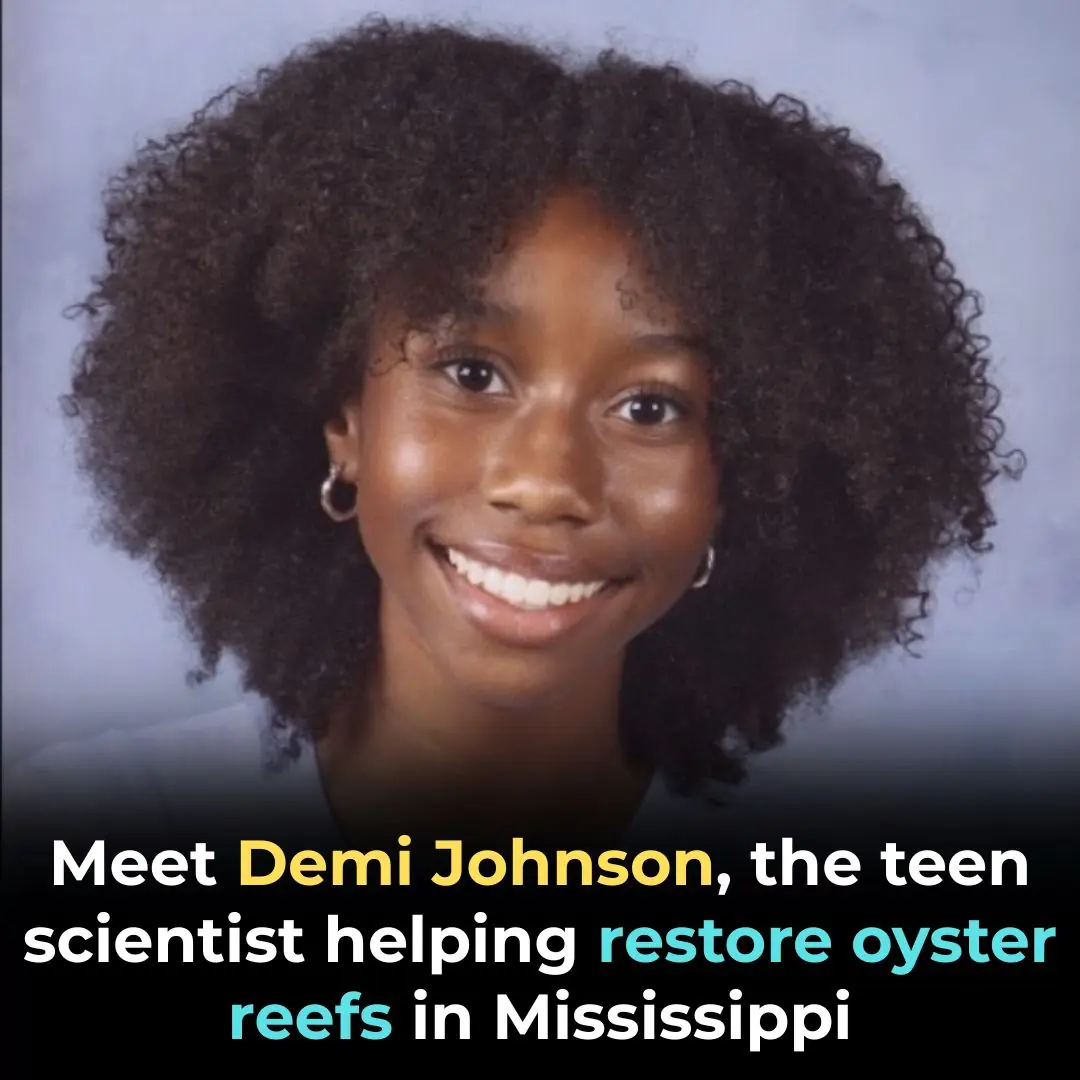
These Multilingual Siblings Have Created A Virtual Academy To Teach People How To Speak Other Languages
They’re using their knowledge to help others — one word at a time!
In an age when technology often divides generations, one remarkable family is using it to unite and educate. A group of gifted young polyglot siblings — 4-year-old Emilio, 6-year-old Amora, 8-year-old Rosie, 10-year-old LaLa, 12-year-old Anita, 16-year-old Malachi, 18-year-old Kimoni, 20-year-old Mina, and baby Makalo — are spreading linguistic love across the globe through their YouTube channel, Multilingual Stars Academy.

The family’s mission? To make language learning accessible, joyful, and culturally enriching for children and adults alike. Their vibrant online platform offers sing-alongs, colorful visuals, interactive lessons, and storytelling sessions in a variety of languages — including Spanish, French, Kiswahili, English as a Second Language (ESL), and more.
“Learning different languages is not offered in our community, so we have to be the ones who bring that type of education to our people,” Mina said during a youth entrepreneurship expo held at the National Museum of African American History and Culture in Washington, D.C. (Good Morning America).
A mission rooted in cultural pride and educational equity
According to the U.S. Census Bureau, only about 20% of Americans can speak two or more languages. Within some African American communities, that number drops to roughly 7.4%, according to The Denver Post (2006). Recognizing this gap, the siblings set out to create content that would empower more children — especially from underrepresented backgrounds — to embrace multilingualism and global citizenship.
The videos produced by the Multilingual Stars Academy are full of color, energy, and laughter. “The kids make learning a new language fun, and they’re always so bright and engaging,” said Sharyna Cloud, owner of The Kandy Kupboard Kandy Store, who often features the siblings at community literacy events. “Every time I see them, I’m reminded of how powerful early education can be when it’s joyful.”
Beyond YouTube: Books that build brains
The siblings have also written and illustrated seven bilingual books that accompany their videos, forming part of a growing series titled Our Colorful Multilingual Adventures. The collection includes lively titles like It’s Spanish Playtime, Let’s Learn Kiswahili, I Can Speak English (ESL), and I Am Africa — each designed to make language learning fun, relatable, and rooted in cultural awareness.
Their mother, Shy Santiago, launched the initiative five years ago to fill a gap in early education materials. “When I looked for children’s books that reflected our family — our skin tones, our culture, our languages — I couldn’t find many,” Santiago told The Washington Post. “So, we decided to create our own.”
Experts agree that her approach has scientific backing. Developmental psychology researcher Dr. Barbara Lust of Cornell University and linguist Sujin Yang emphasize that children exposed to multiple languages at a young age show improved cognitive flexibility, problem-solving skills, and empathy. “The earlier a child begins learning a second language,” Lust explained, “the more likely they are to attain near-native fluency” (Harvard University’s Center on the Developing Child).
Community impact and global reach
The Multilingual Stars Academy now reaches viewers in over 30 countries, according to the family’s media page. Parents and educators have praised the project for combining educational content with messages of cultural pride and inclusivity.
“This family is amazing, and I, for one, am so happy and grateful to have them as a part of my child’s educational circle,” said single father Andre Pilare-English, whose 7-year-old daughter learned Spanish from the siblings’ videos. “They make learning feel like an adventure.”
Language experts also point out the social significance of what the siblings are doing. “When Black children see themselves as global citizens, capable of speaking different languages, it reshapes how they see their place in the world,” said sociolinguist Dr. Jamila Lyiscott of the University of Massachusetts Amherst in a BBC feature on multilingual education.
The future of fun, family-based learning
While balancing schoolwork, community projects, and filming can be challenging, the siblings say their motivation comes from seeing others learn. “Every time we get a comment from a parent saying their child can now say words in Spanish or Kiswahili, it makes it all worth it,” said Kimoni, the eldest brother.
The family plans to expand their content library to include short educational animations and a mobile app that introduces interactive language games. They also hope to collaborate with public schools to integrate multilingual playtime into early childhood programs.
To explore more from Multilingual Stars Academy and their educational resources, visit LearnALanguage4Fun.com or follow them on YouTube and Instagram at @learnalanguage4fun2day.
As these bright young minds continue their mission, they remind us that learning another language isn’t just about words — it’s about connection, curiosity, and celebrating the many voices of humanity.
News in the same category

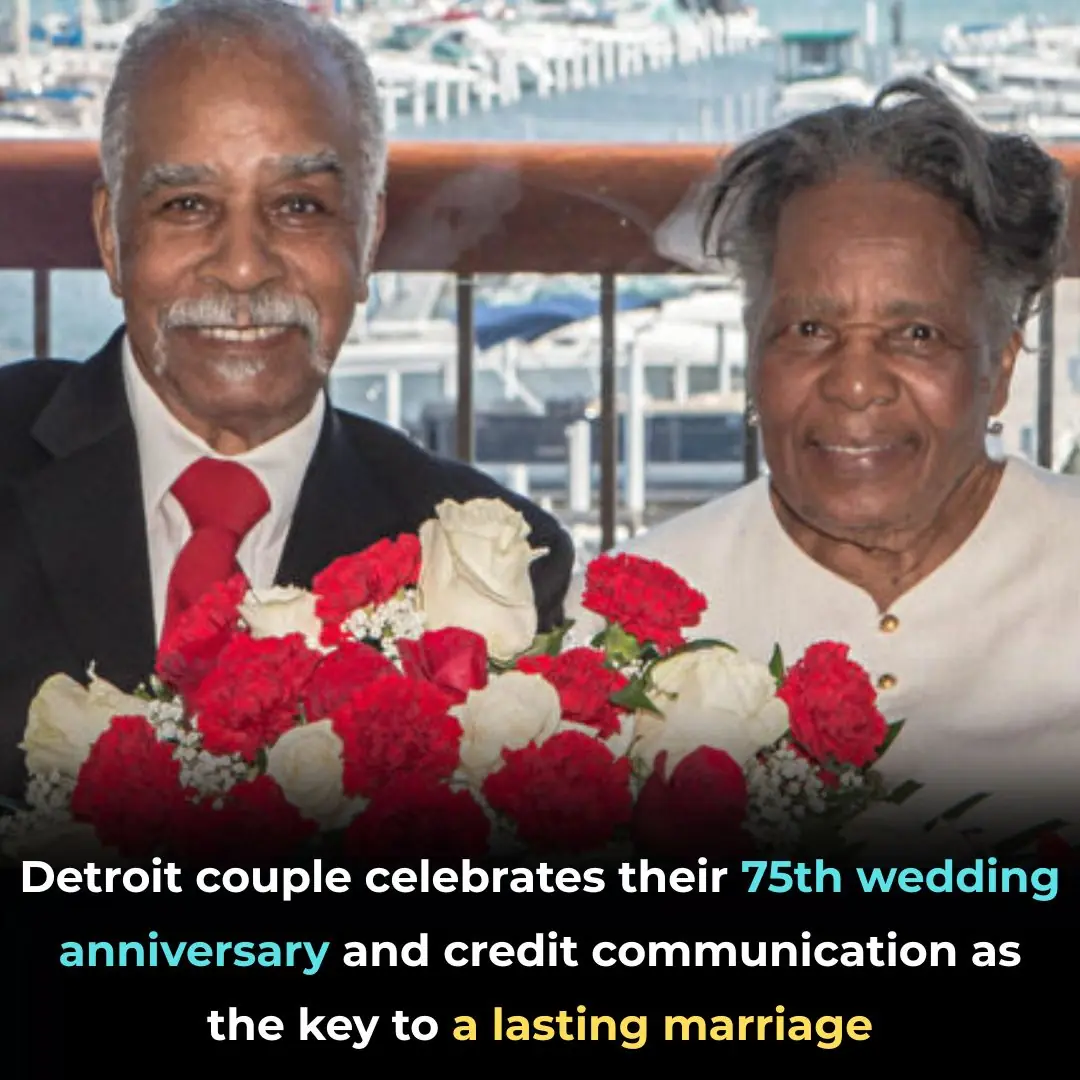
Detroit Couple Celebrates Their 75th Wedding Anniversary And Credit Communication As The Key To A Lasting Marriage
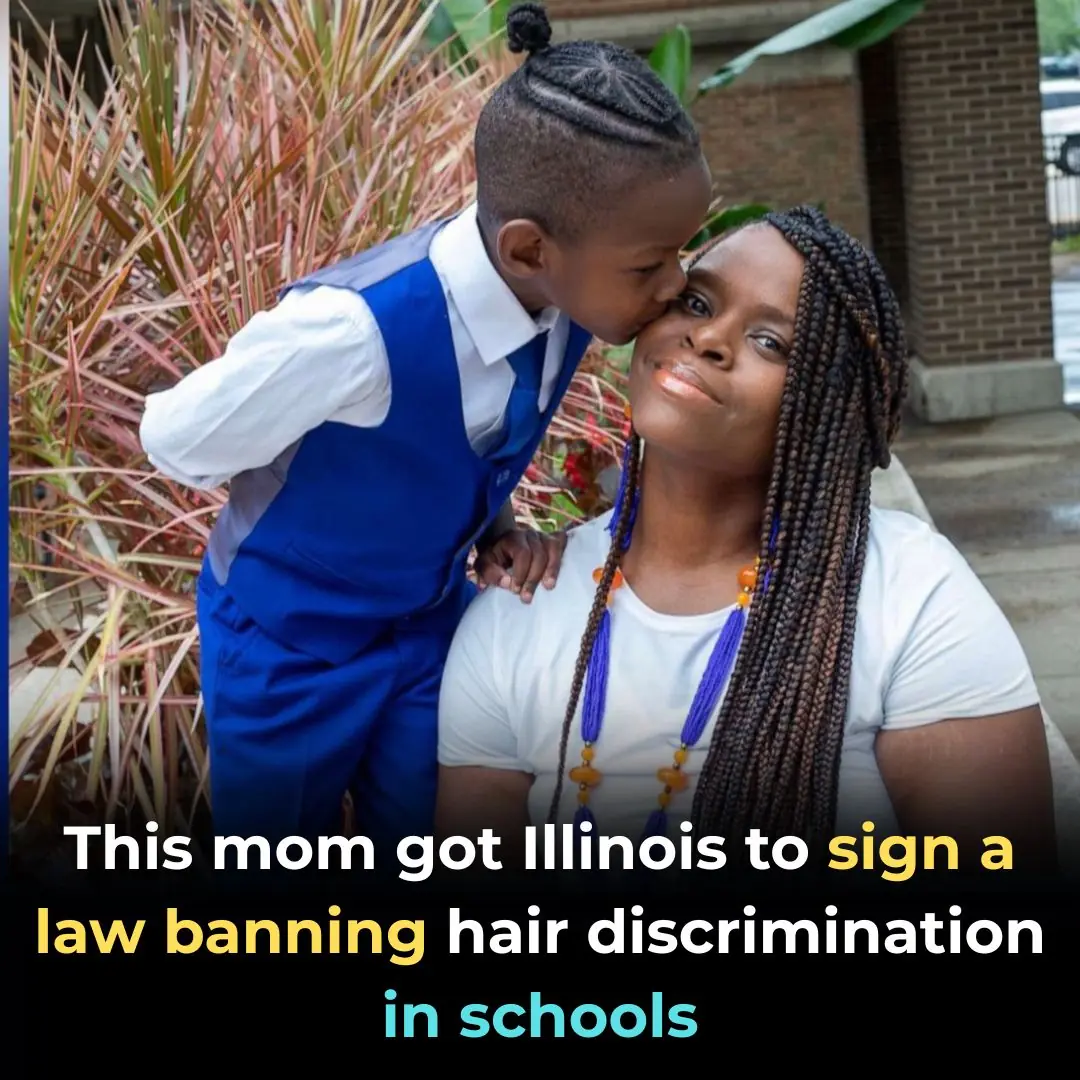
This Mom Got Illinois To Sign A Law Banning Hair Discrimination In Schools
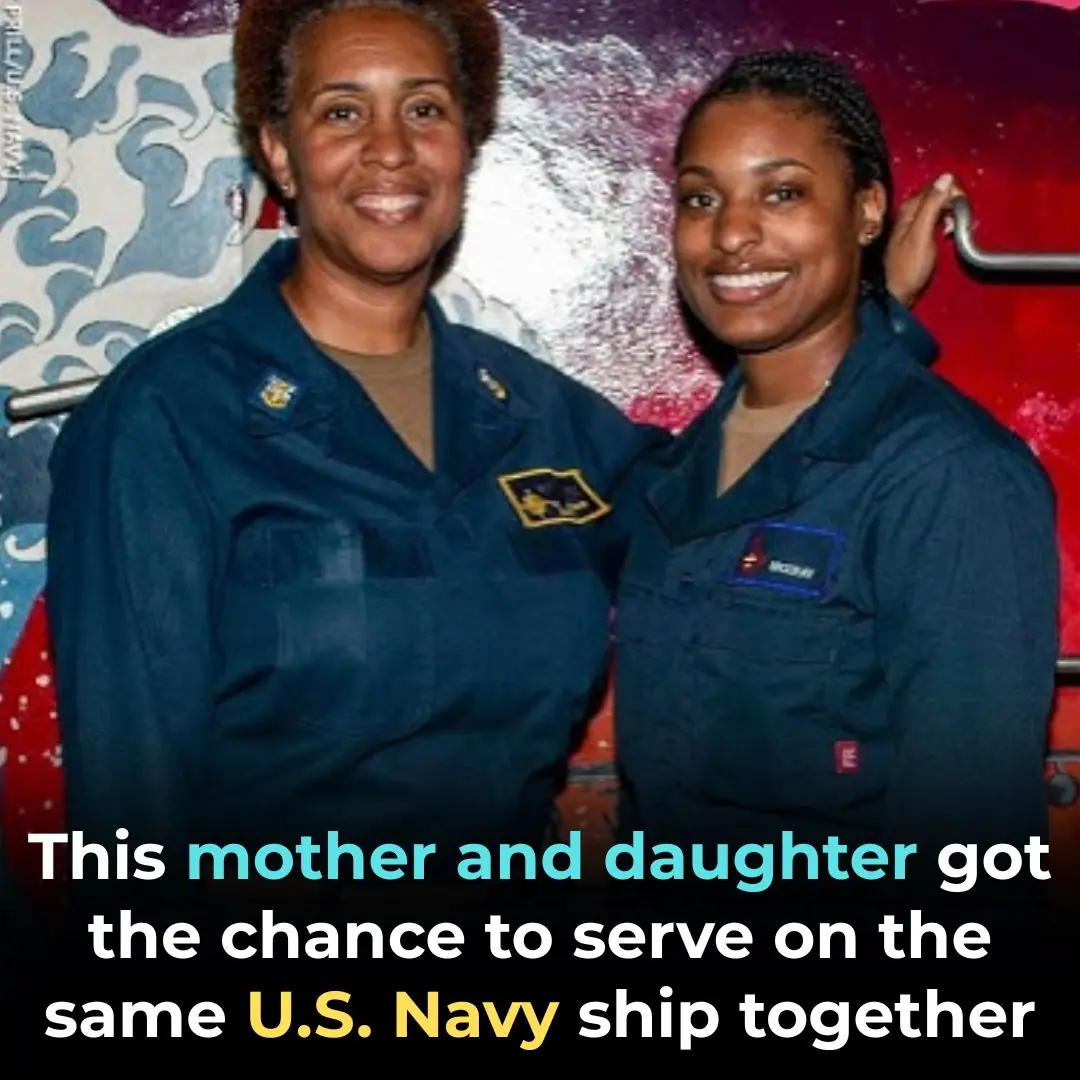
This Mother and Daughter Got The Chance To Serve On The Same U.S. Navy Ship Together
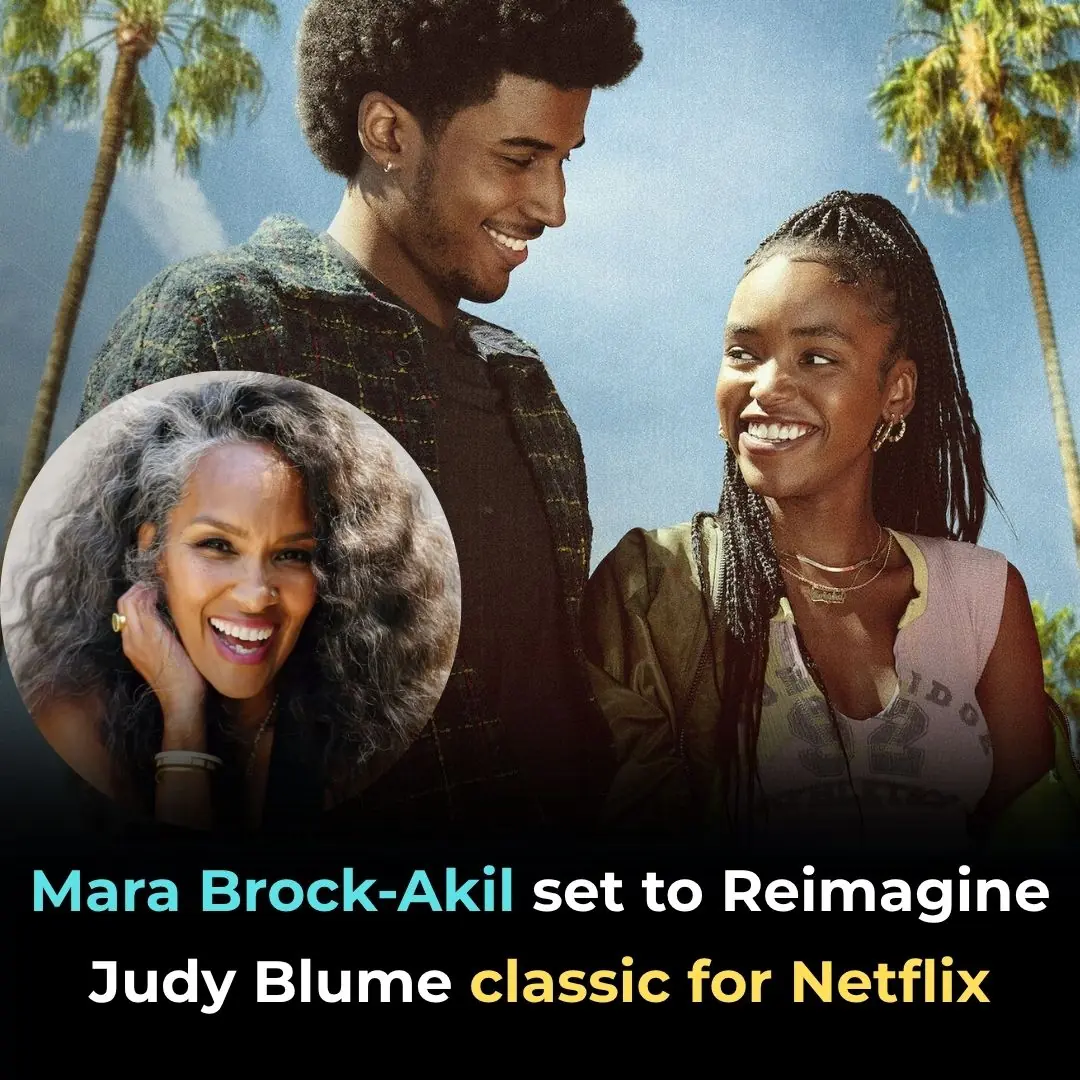
Mara Brock-Akil Set to Reimagine Judy Blume Classic for Netflix

Scientists finally reveal if pouring coffee down drain harms environment after woman fined $200
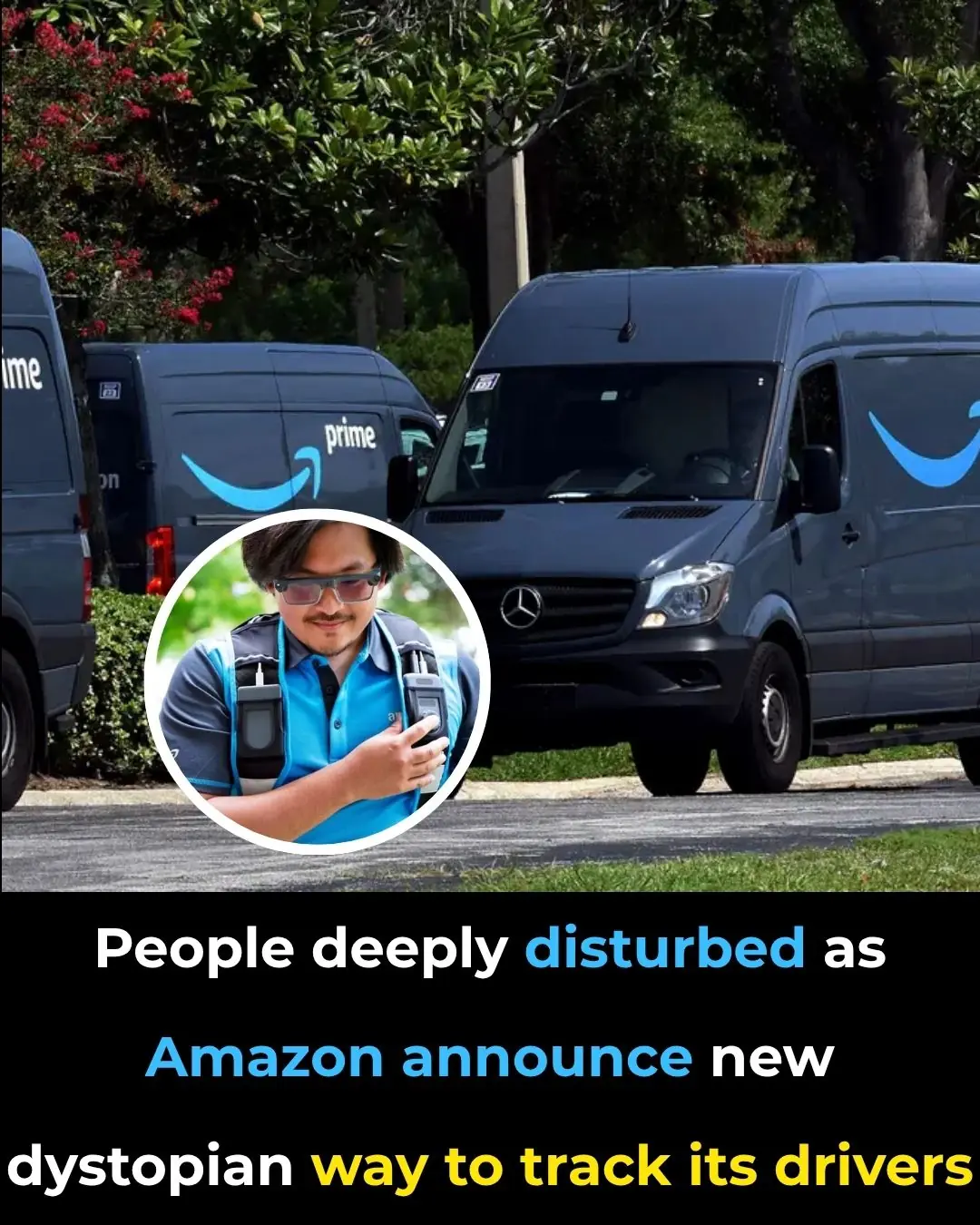
People deeply disturbed as Amazon announce new dystopian way to track its drivers

3 Surprising Health Benefits of Using a Bidet — for You and the Planet
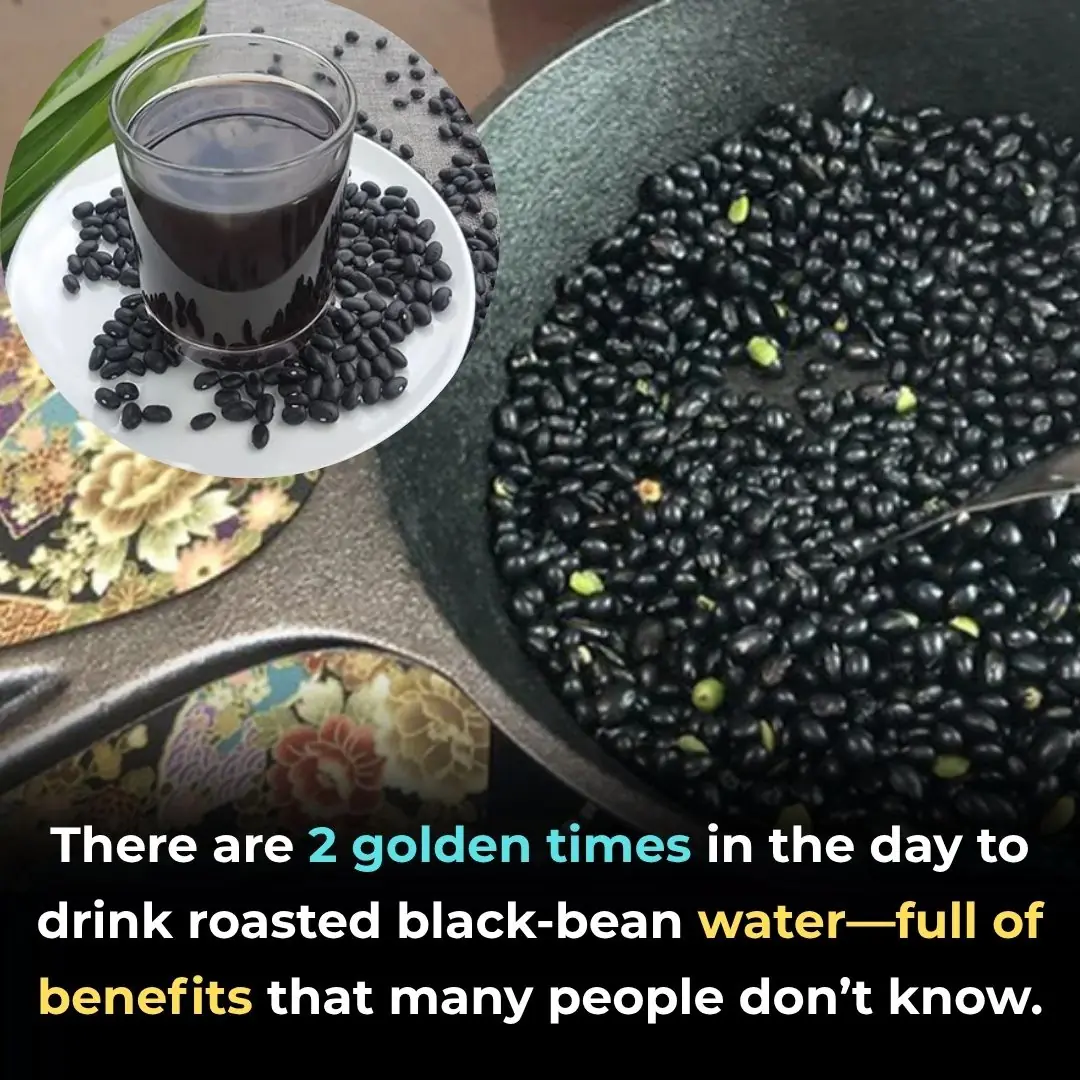
The Two Golden Times of Day to Drink Roasted Black Bean Water — A Small Habit With Big Health Benefits

Millions Are Seasoning Food the Wrong Way — Making Meals Less Tasty and Potentially Toxic
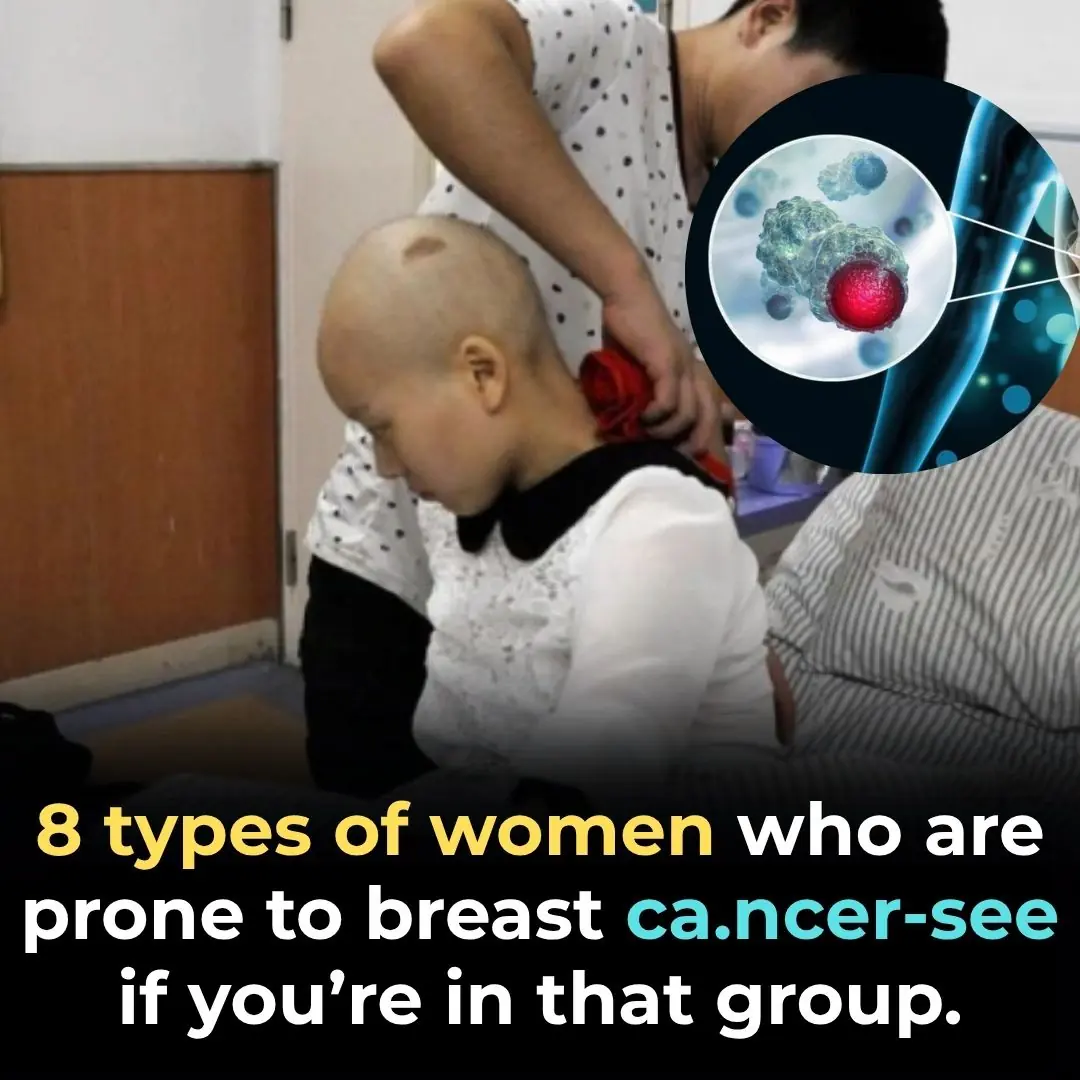
8 Types of Women Most at Risk for Breast Cancer — Are You One of Them?
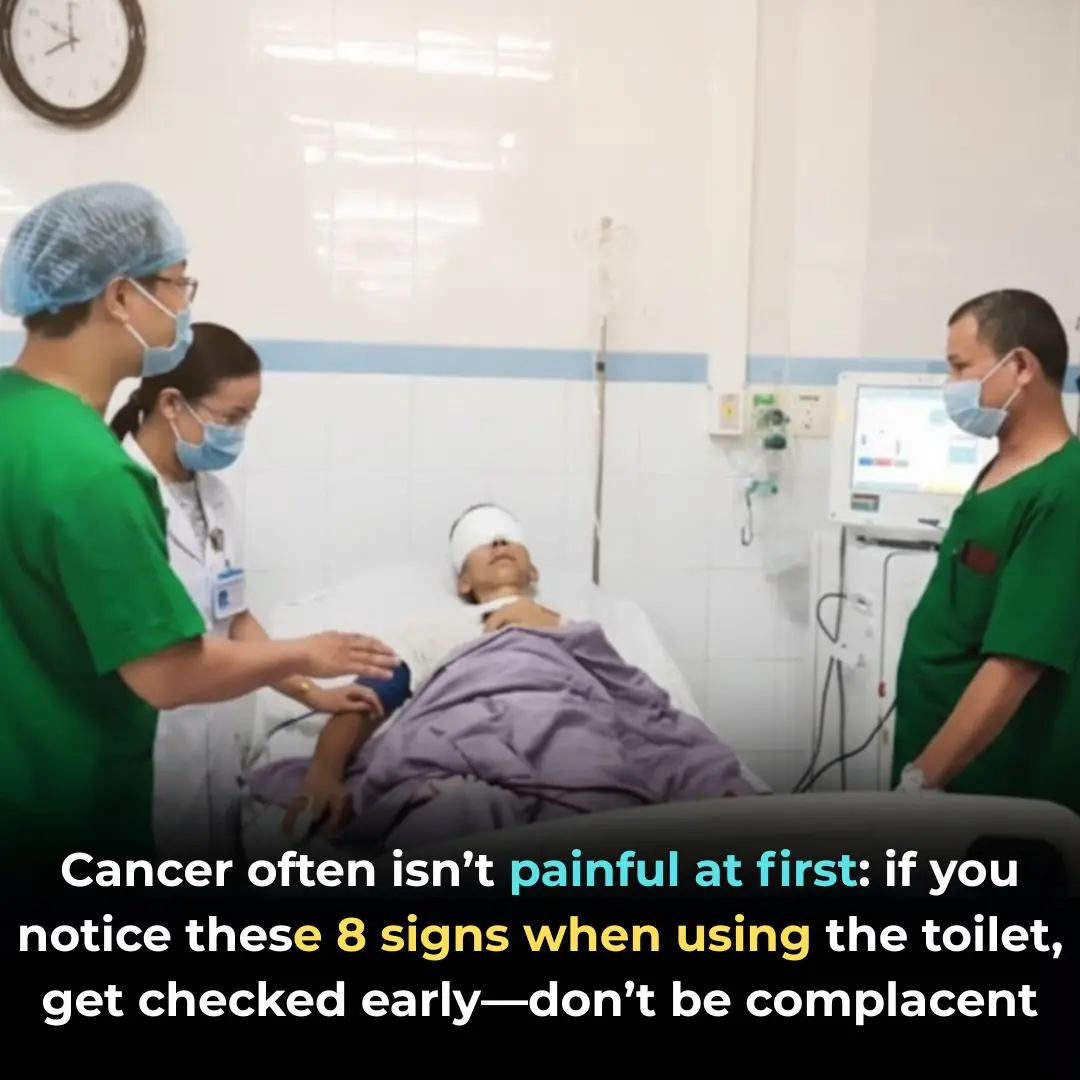
8 Subtle Bathroom Signs That Could Indicate Cancer — Don’t Ignore Them
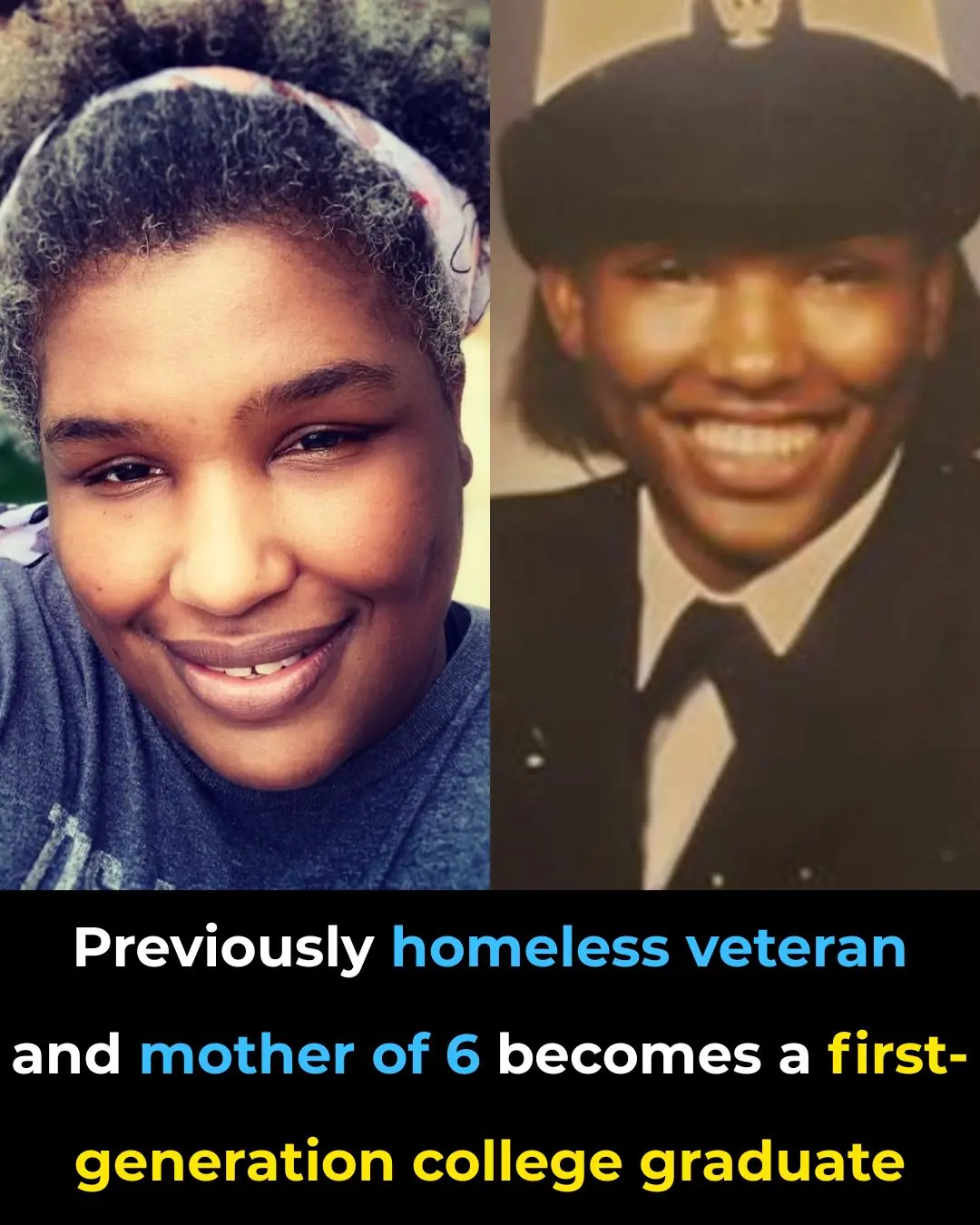
Previously Homeless Veteran and Mother of 6 Becomes A First-Generation College Graduate
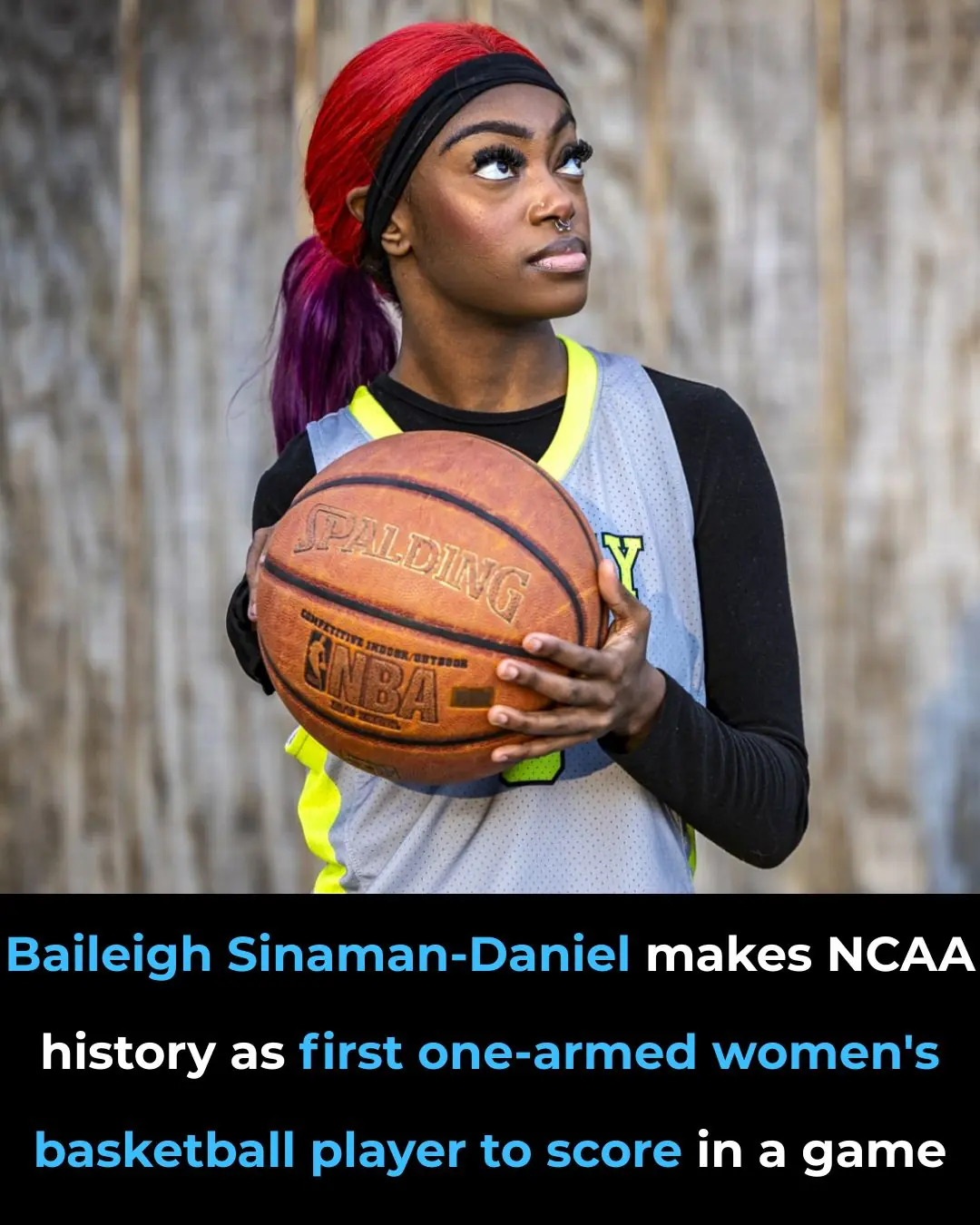
Baileigh Sinaman-Daniel Makes NCAA History as First One-Armed Women’s Basketball Player to Score in a Game
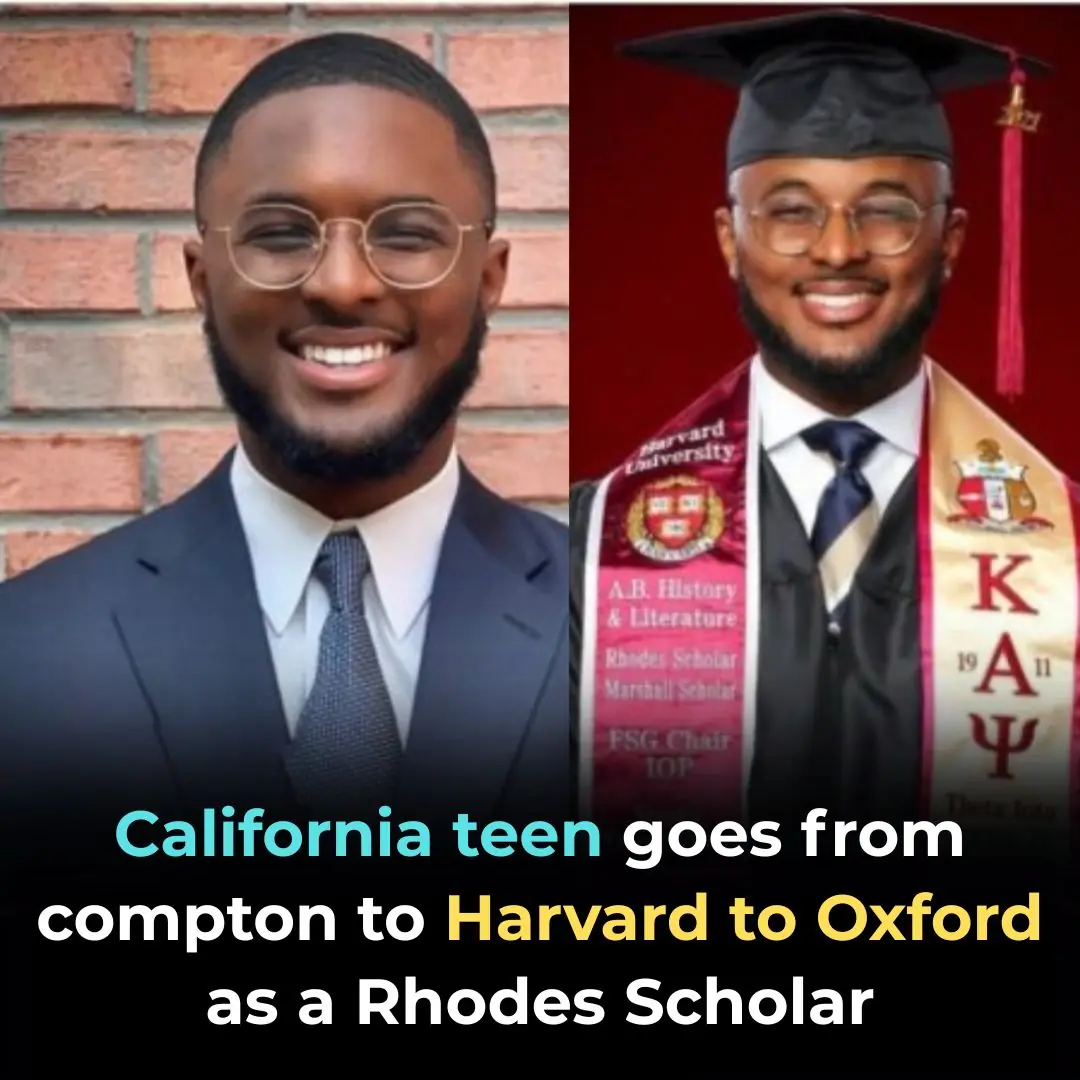
California Teen Goes From Compton To Harvard To Oxford As A Rhodes Scholar
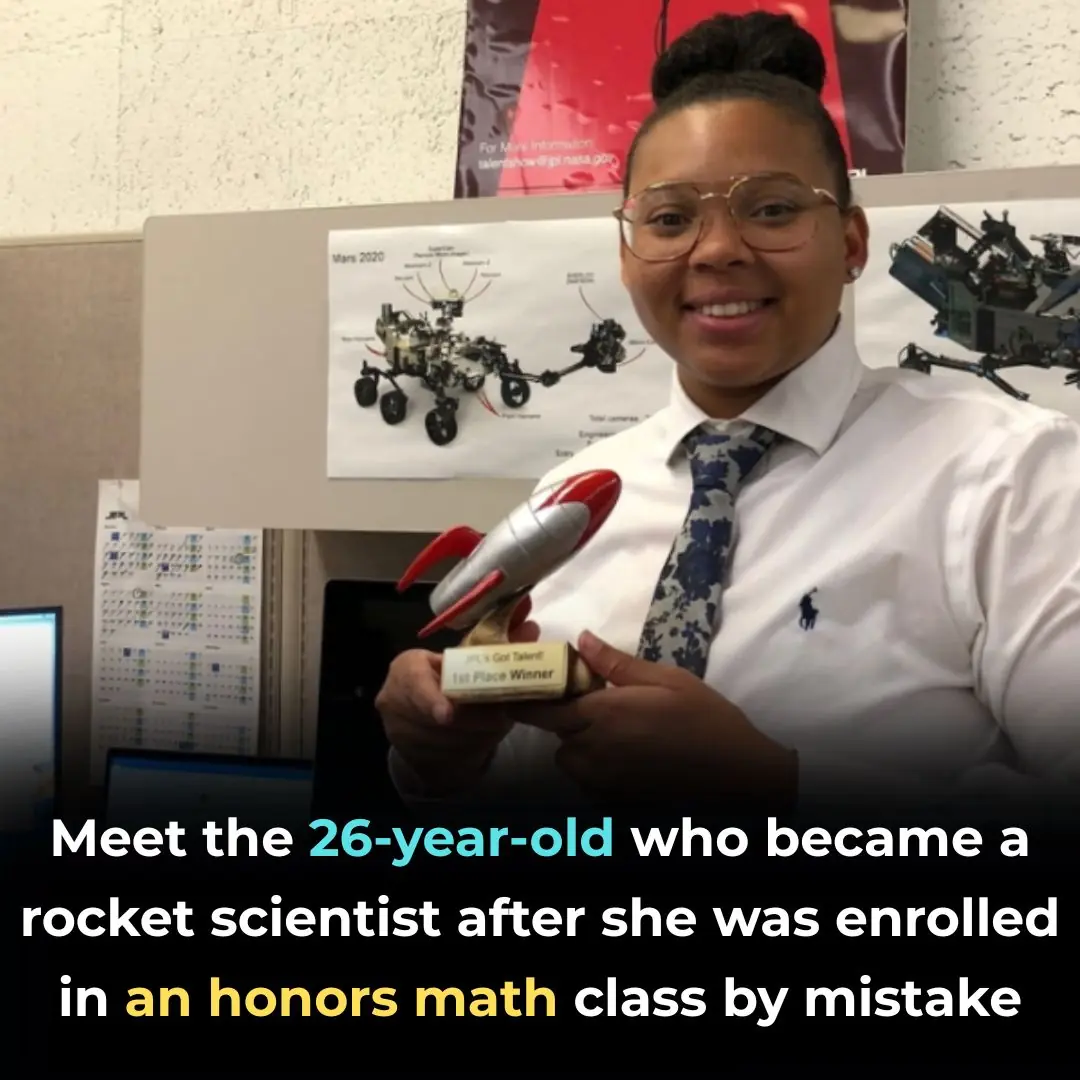
Meet The 26-Year-Old Who Became A Rocket Scientist After She Was Enrolled In An Honors Math Class By Mistake
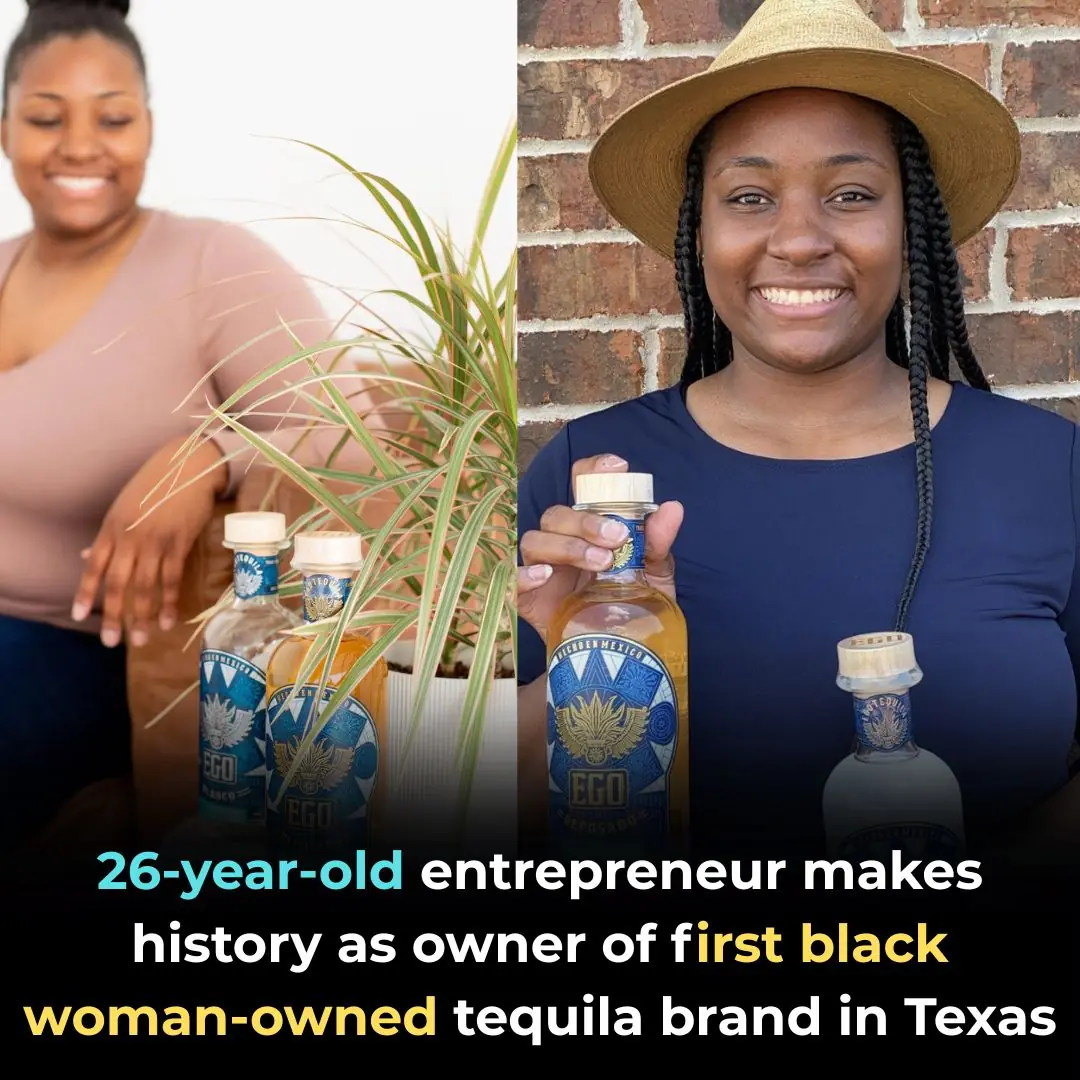
26-Year-Old Entrepreneur Makes History As Owner Of First Black Woman-Owned Tequila Brand In Texas
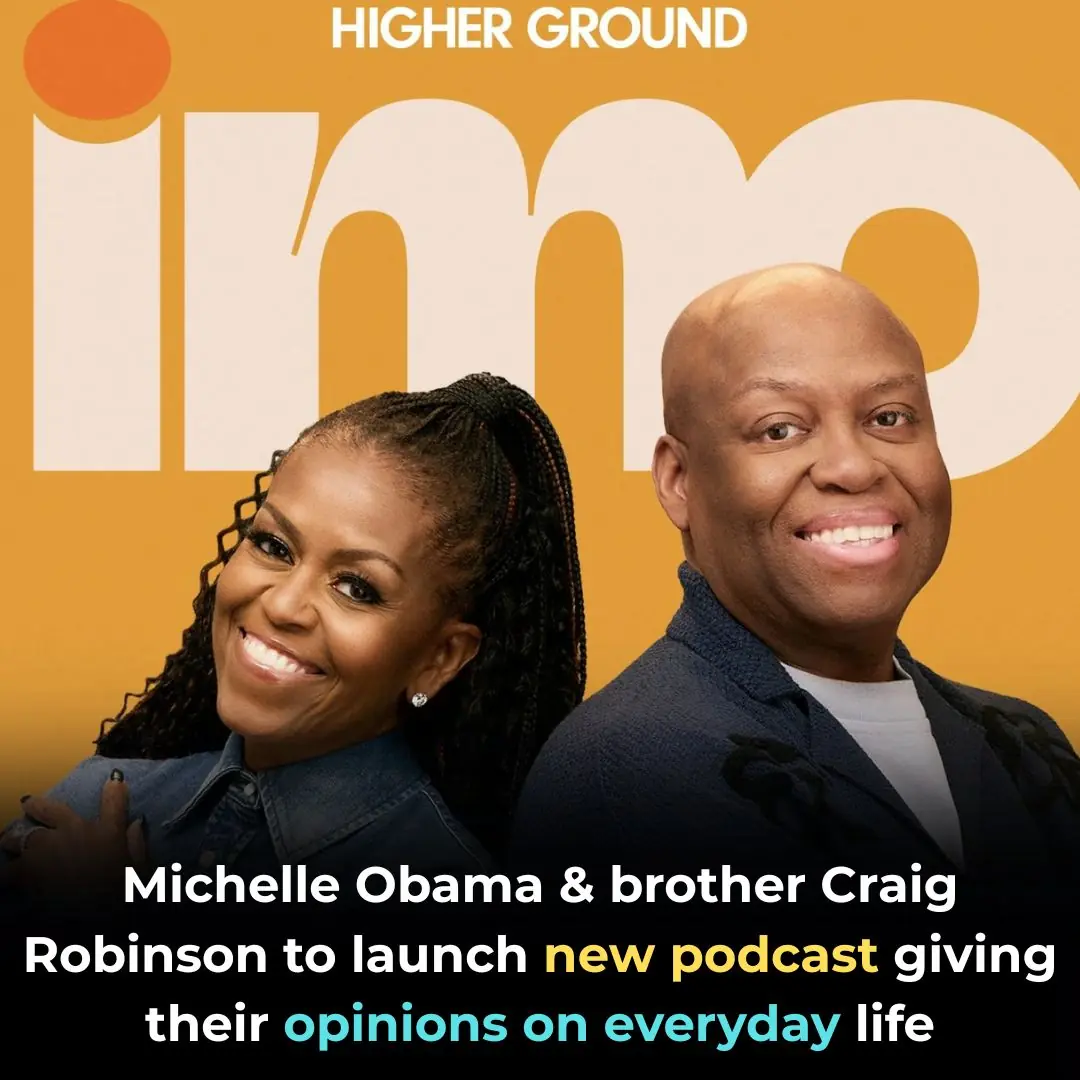
Michelle Obama & Brother Craig Robinson to Launch New Podcast Giving Their Opinions on Everyday Life

Lori Loughlin Could Get Nothing From 1997 Prenup That Shields Designer Husband’s $100M Fortune
News Post
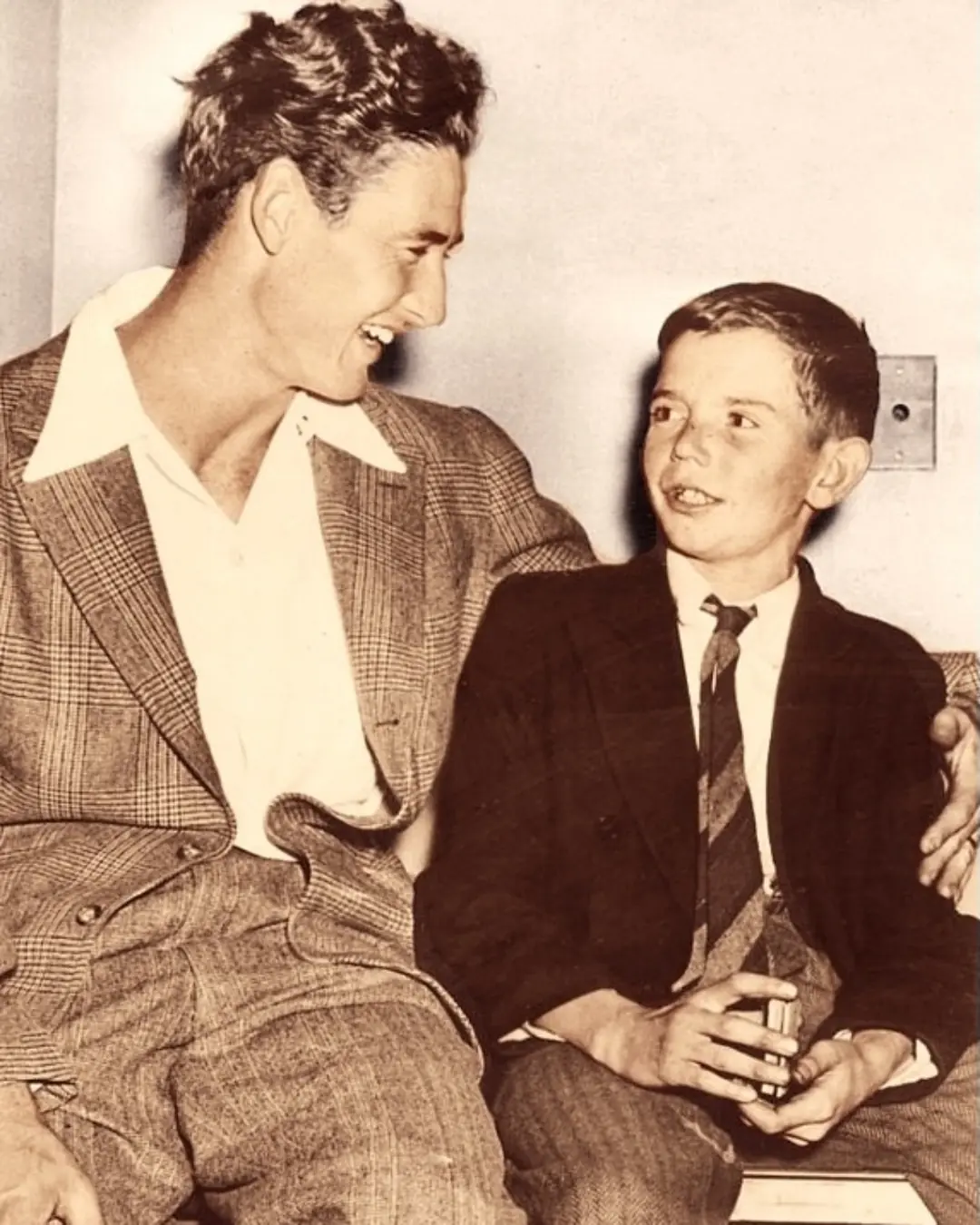
The Boy Who Hitchhiked 250 Miles to Meet His Hero.
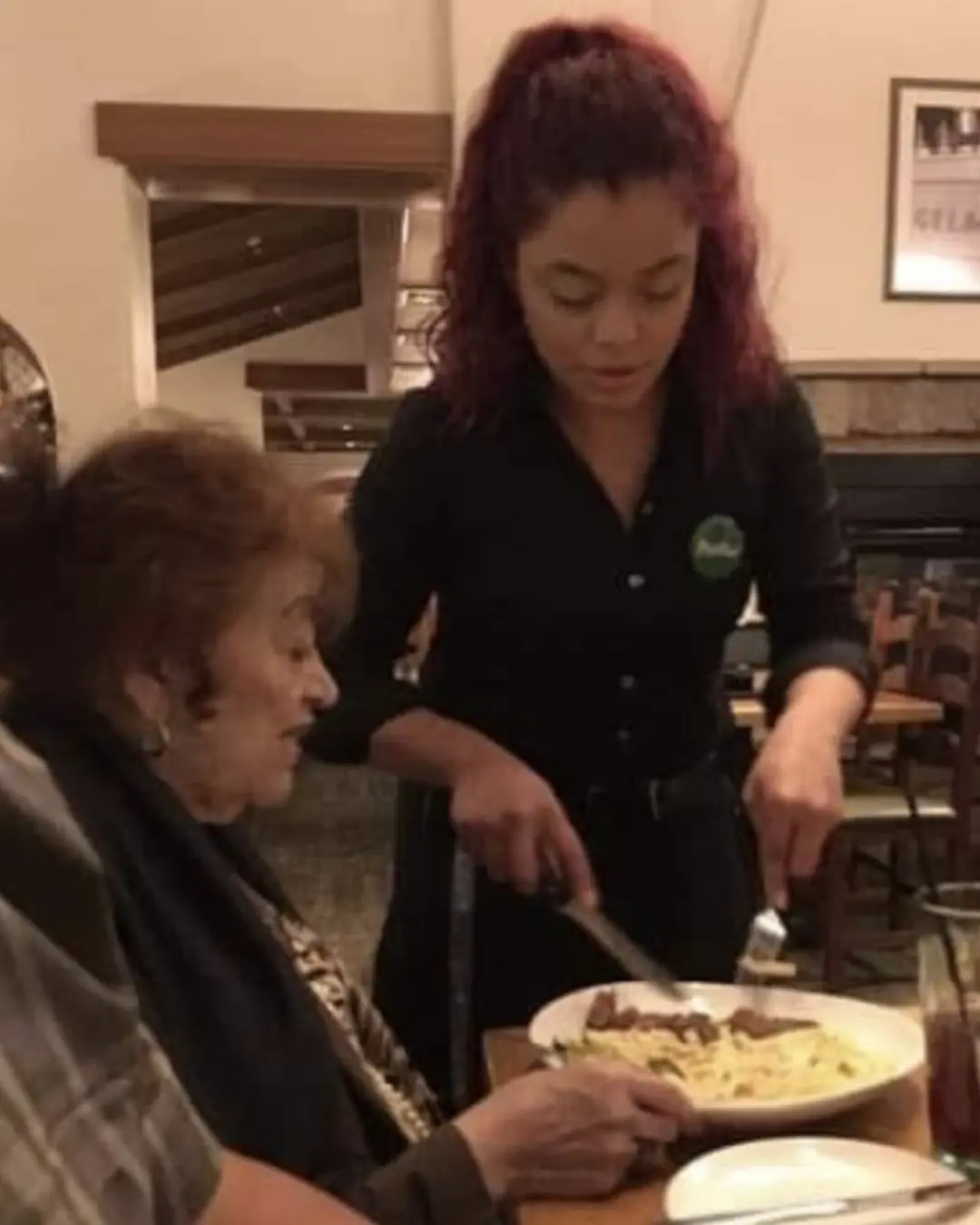
A Waitress Named Susie and the Night Kindness Stole the Spotlight
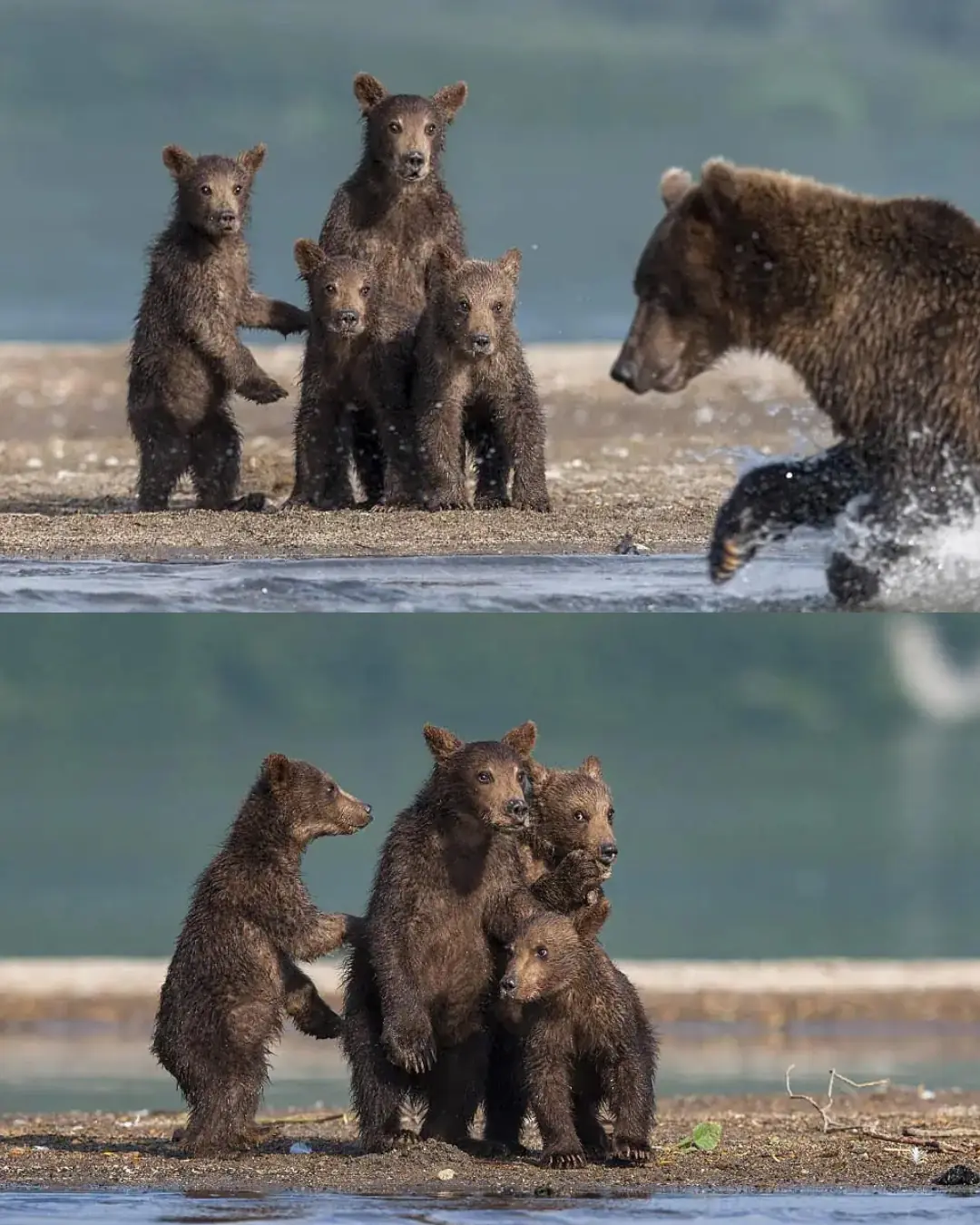
The Lesson by the Lake: A Mother Bear’s Love That Teaches Survival.
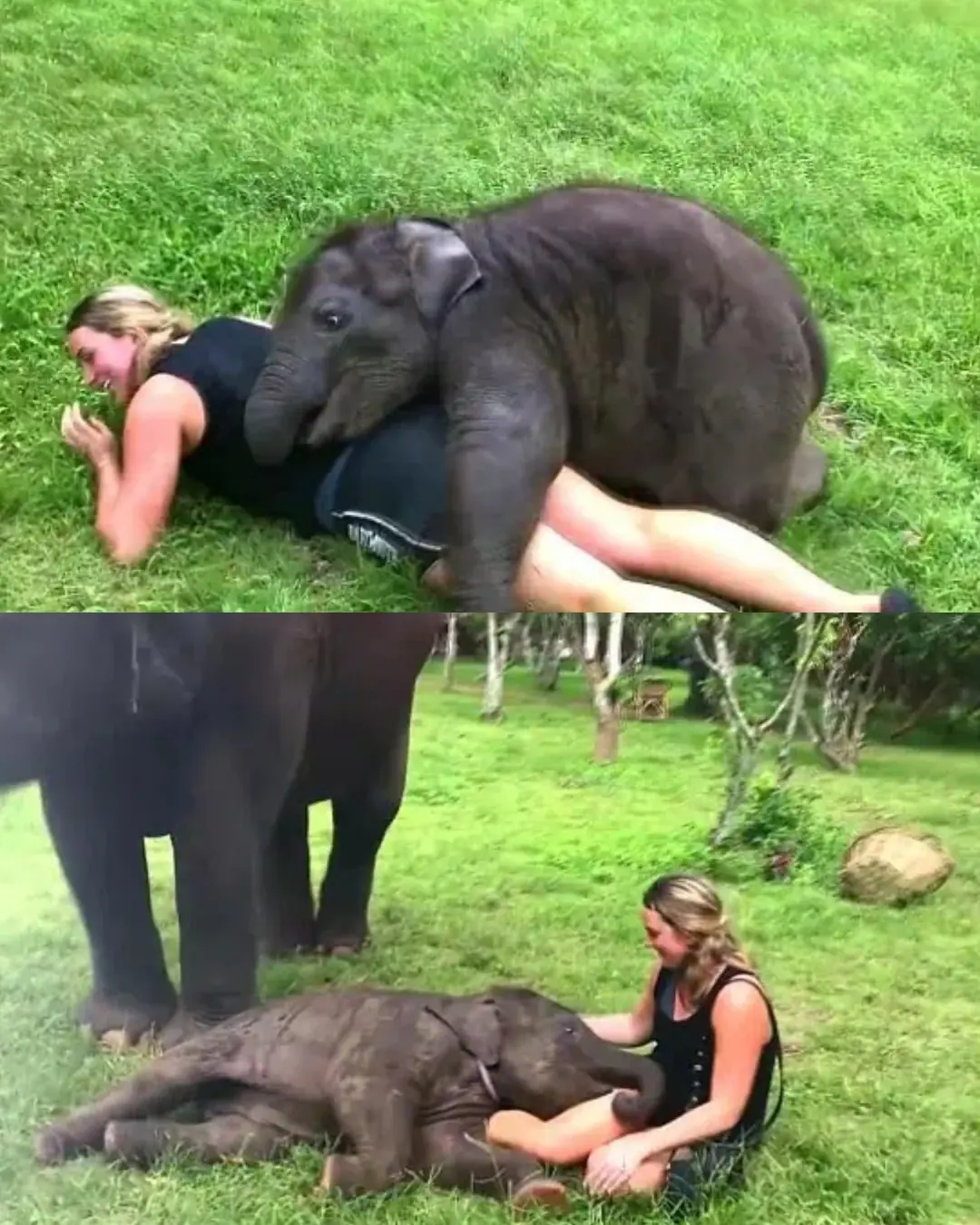
A Moment of Joy: How a Playful Baby Elephant Stole Everyone’s Heart
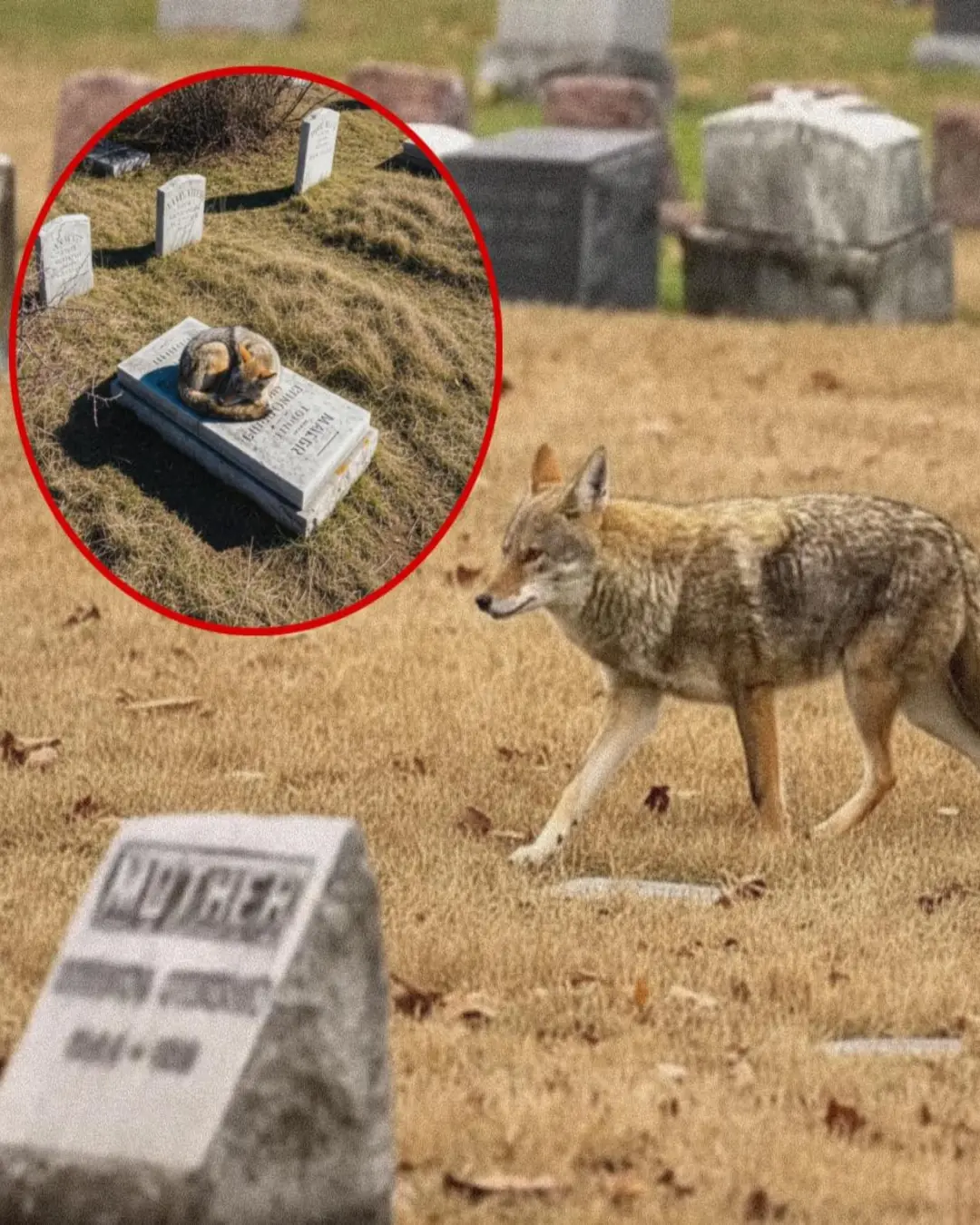
The Coyote at the Grave: A Bond That Survived Fire and Time
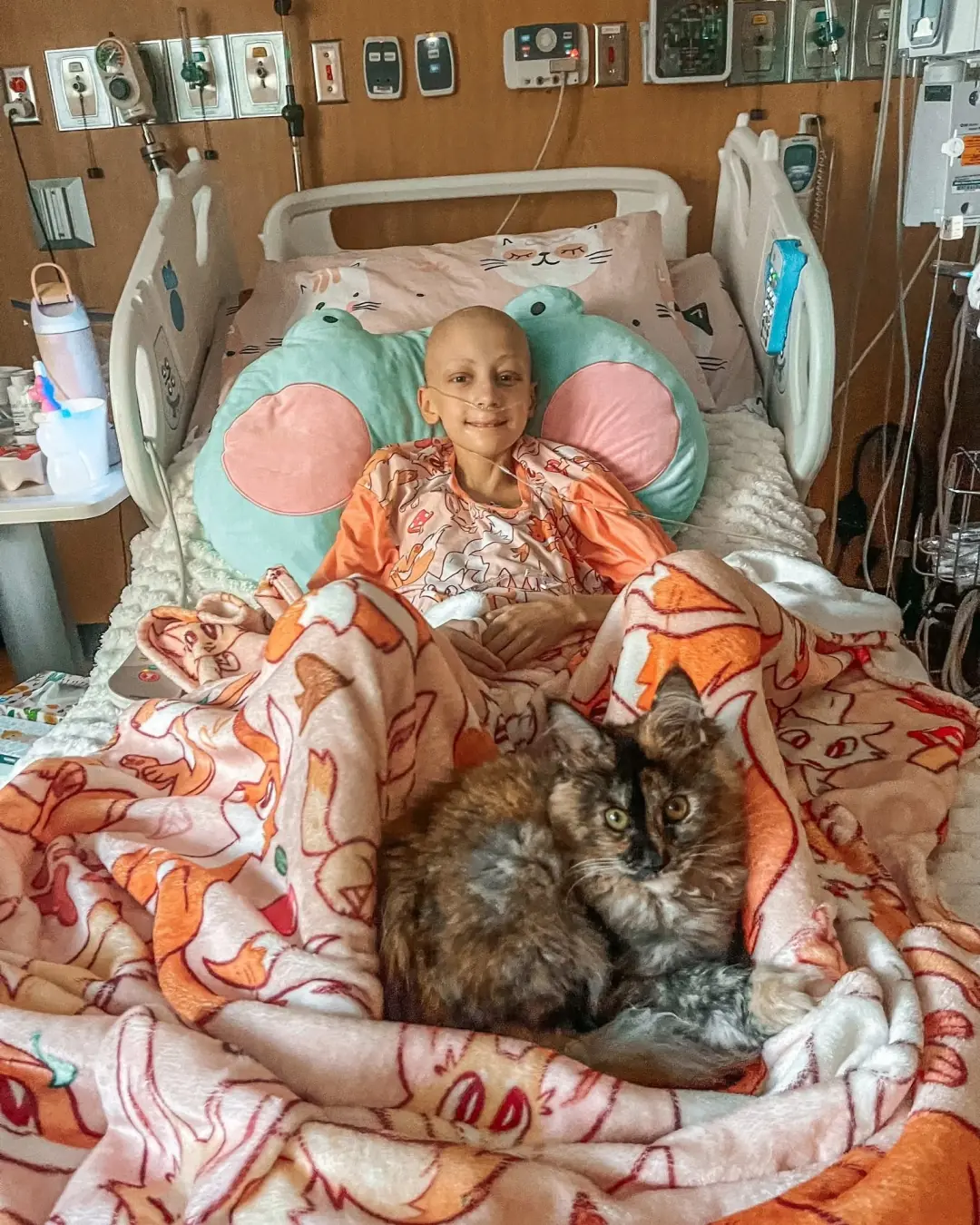
Sasha’s New Chance: A Journey of Courage, Pain, and Hope
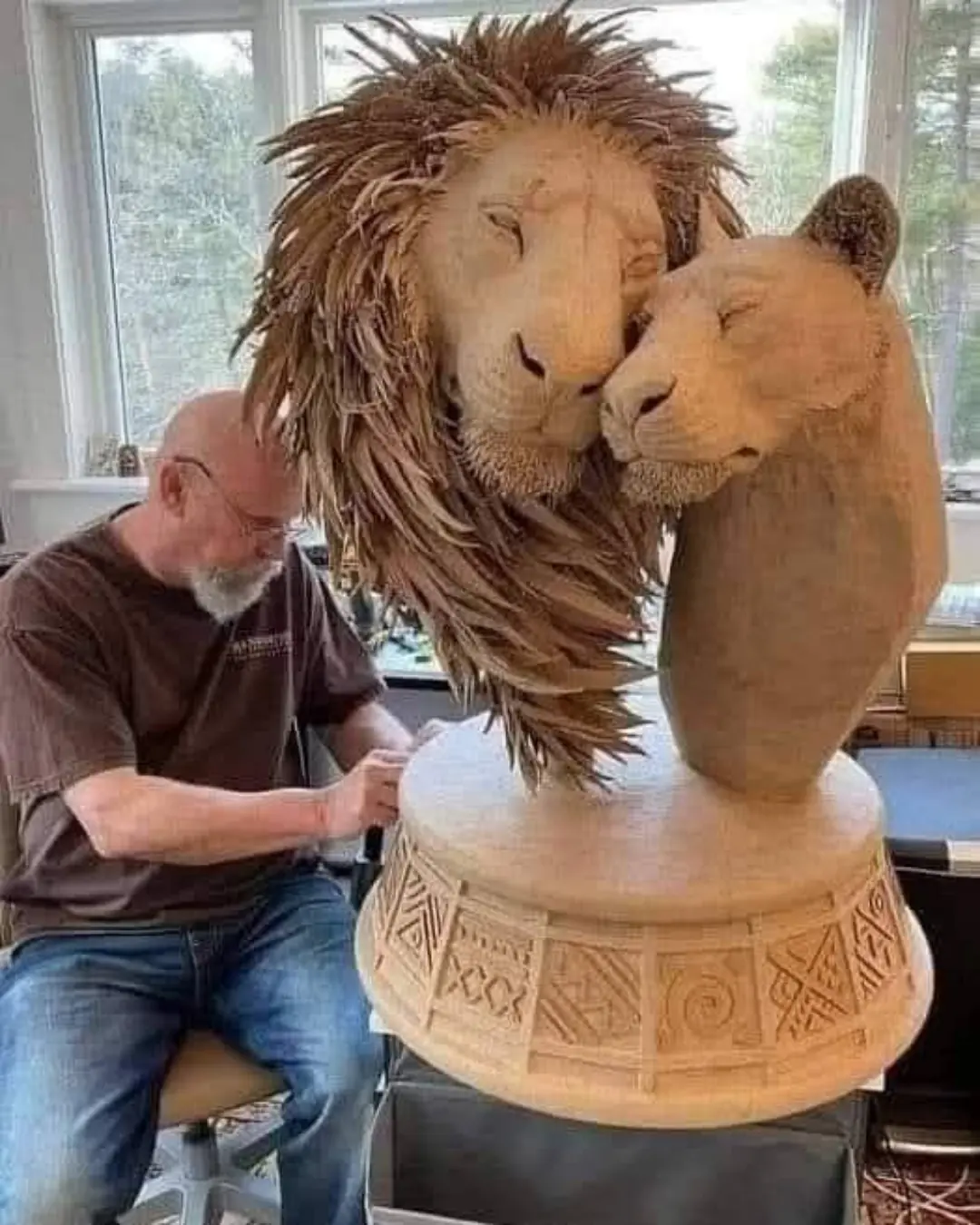
Devotion: The Lions Made of Love and Cardboard.
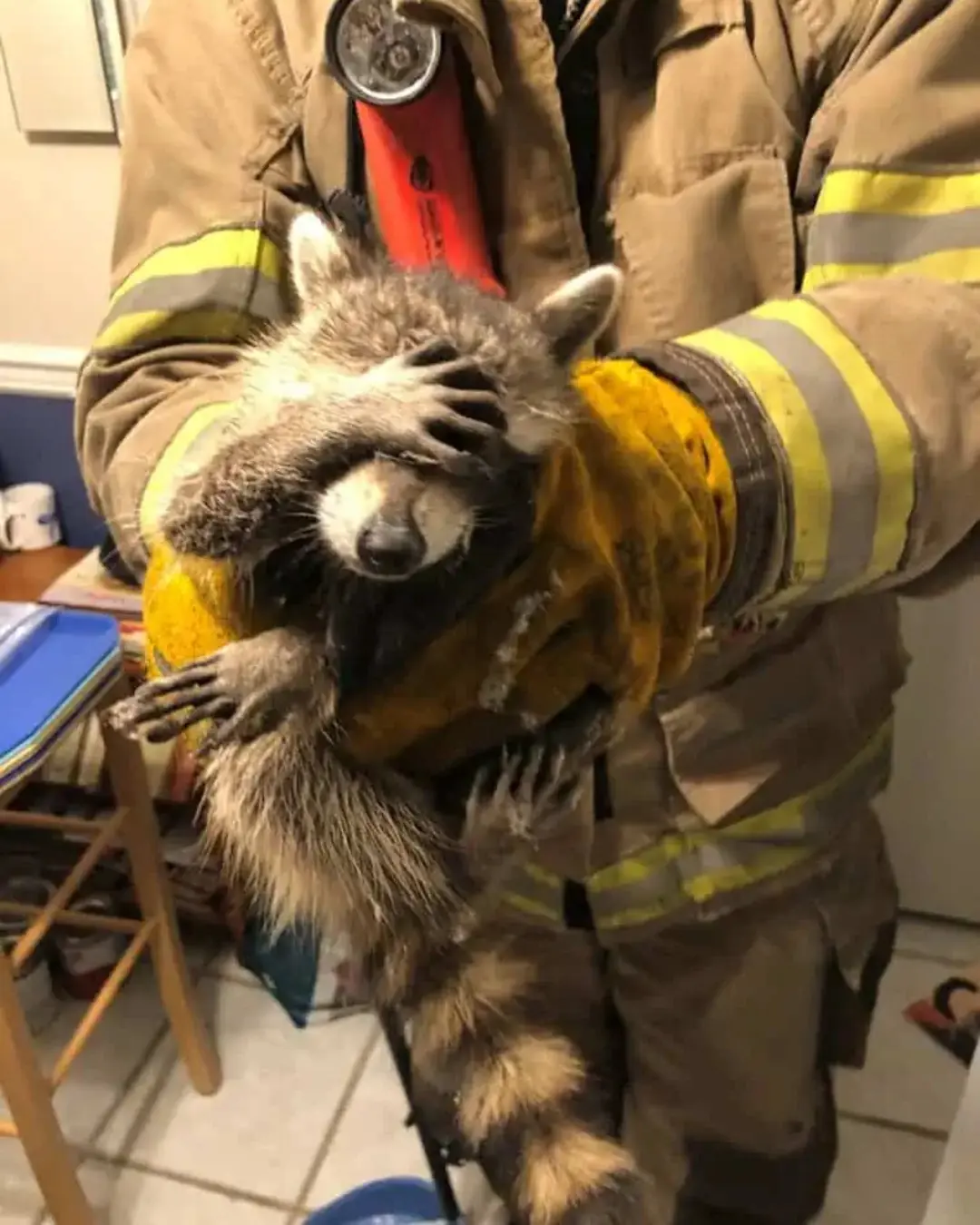
The “Guilty” Raccoon Who Stole Hearts Instead of Snacks.
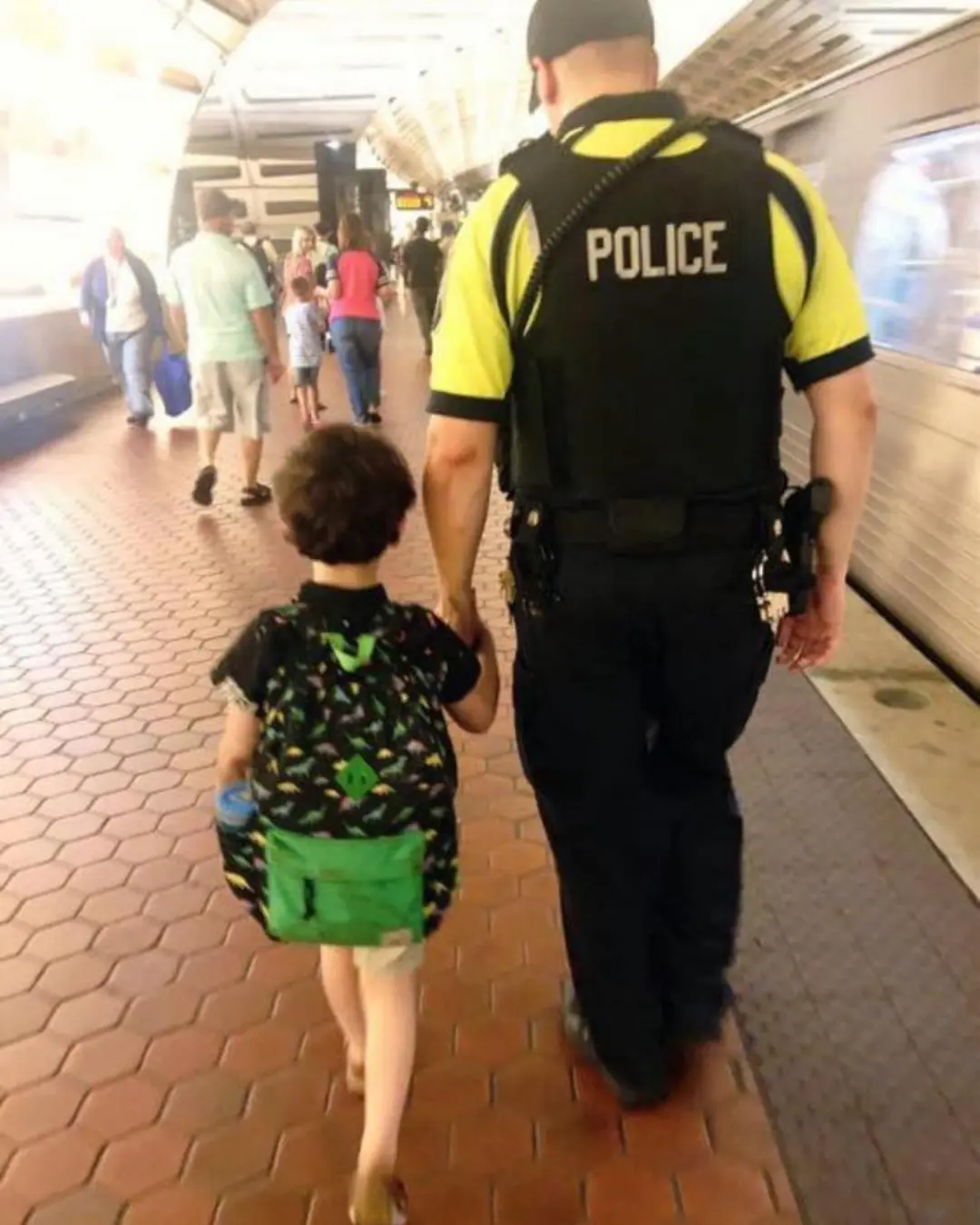
A Metro Ride, a Meltdown, and a Miracle: How One Officer Turned a Child’s Worst Day into a Moment of Kindness the World Will Never Forget.
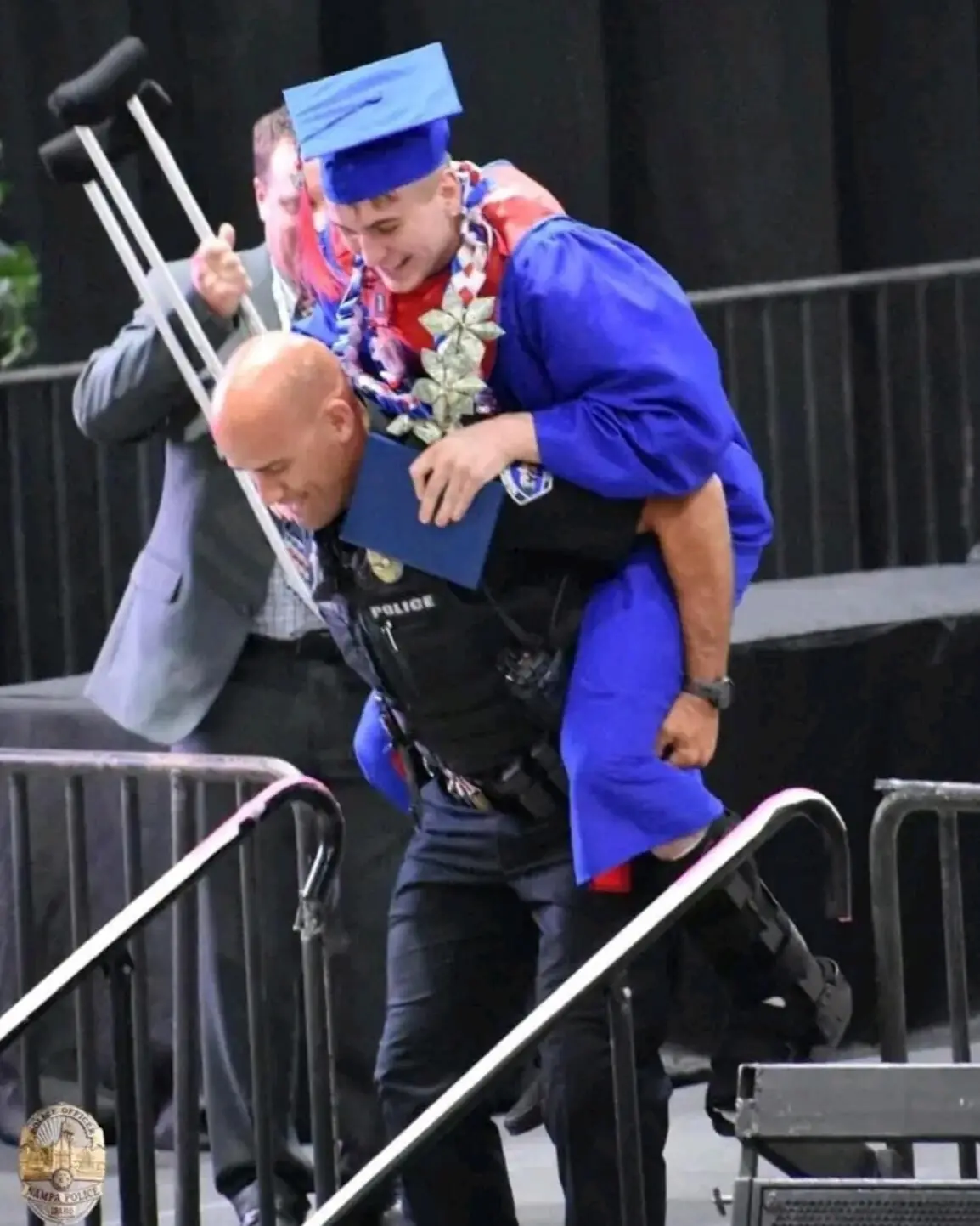
A Graduation to Remember: When a Police Officer Carried a Student Across the Finish Line.
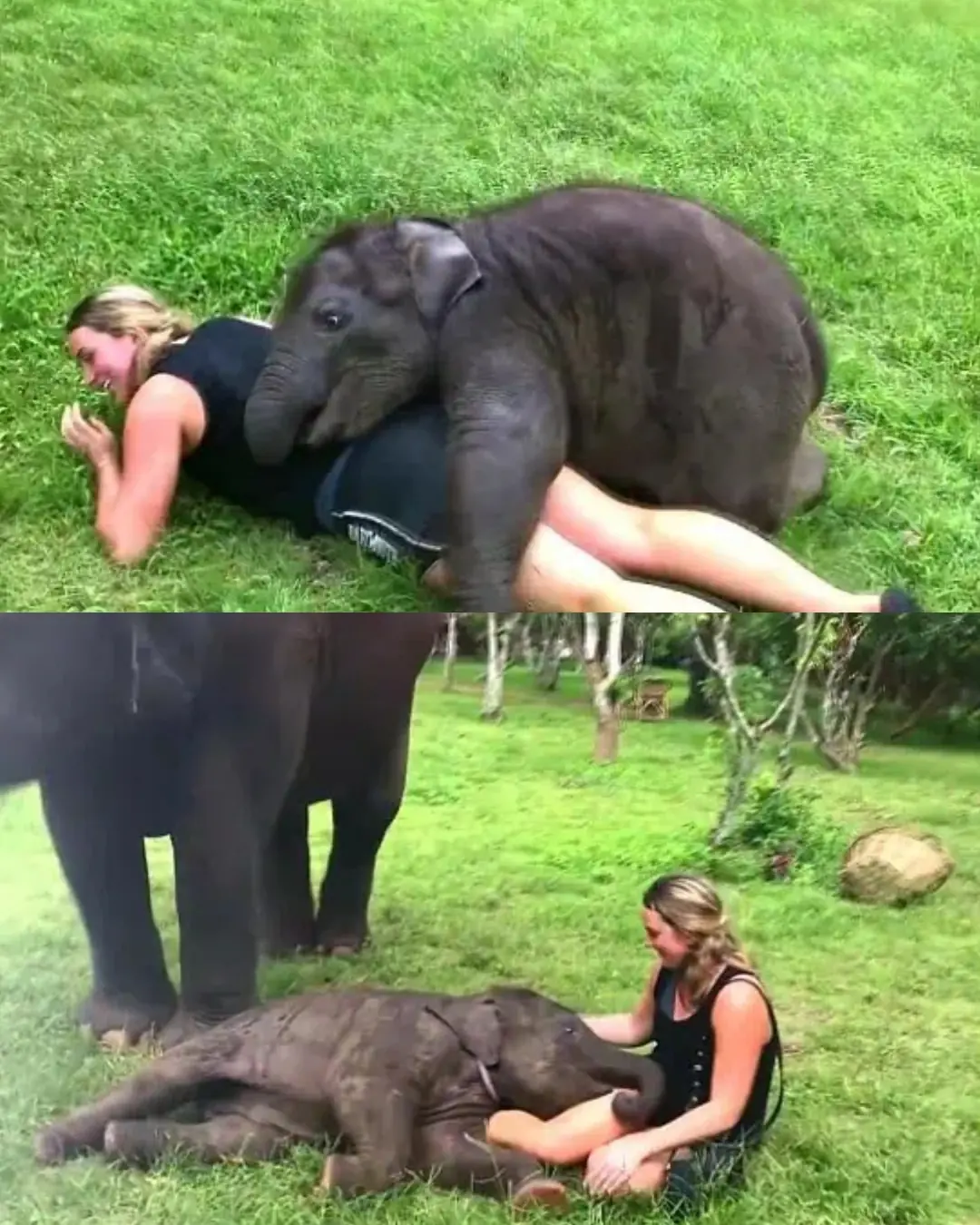
A Moment of Joy: How a Playful Baby Elephant Stole Everyone’s Heart.

Meet Demi Johnson, the Teen Scientist Helping Restore Oyster Reefs in Mississippi
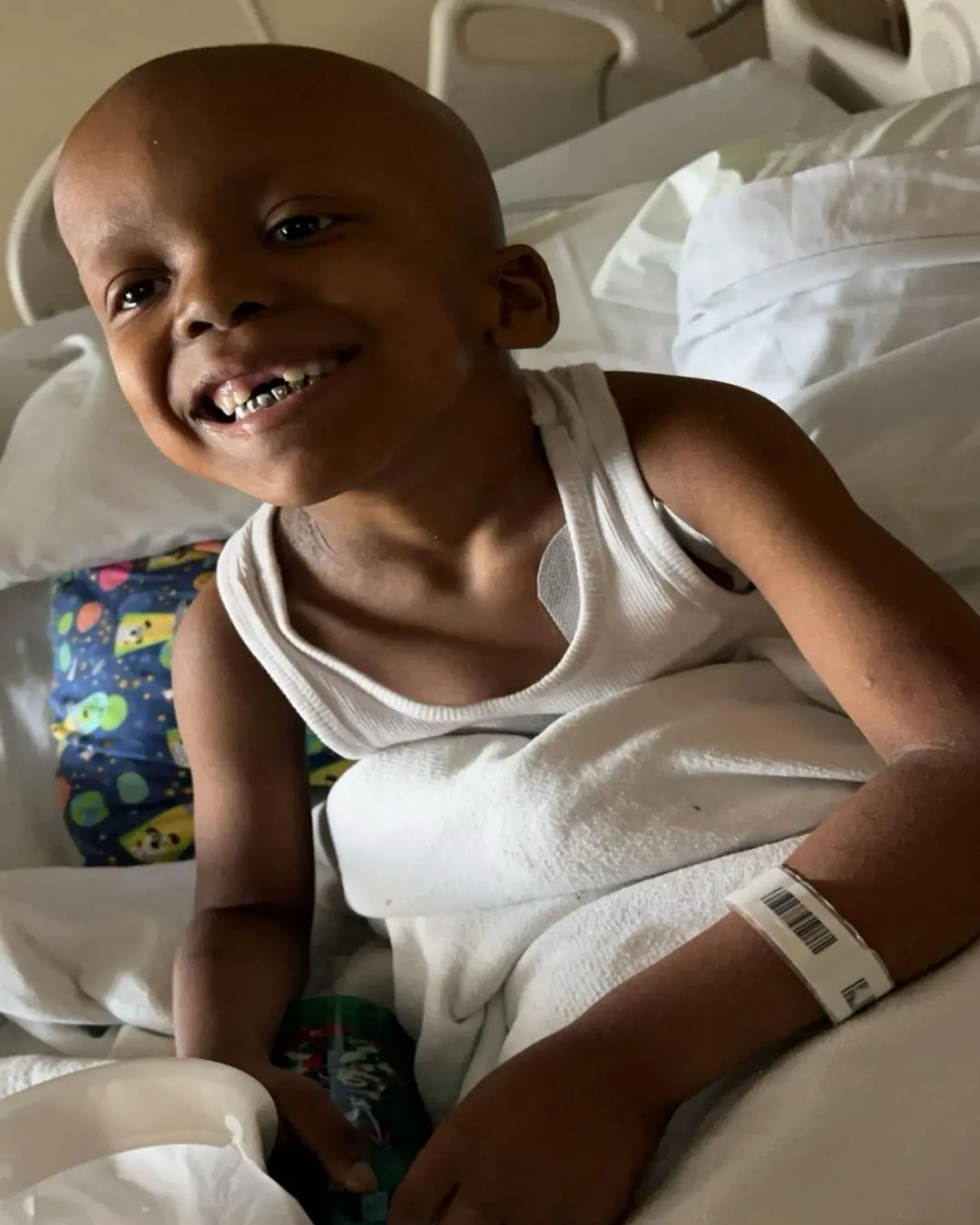
Holding On for a Miracle: Keontae McKinnon’s Brave Fight
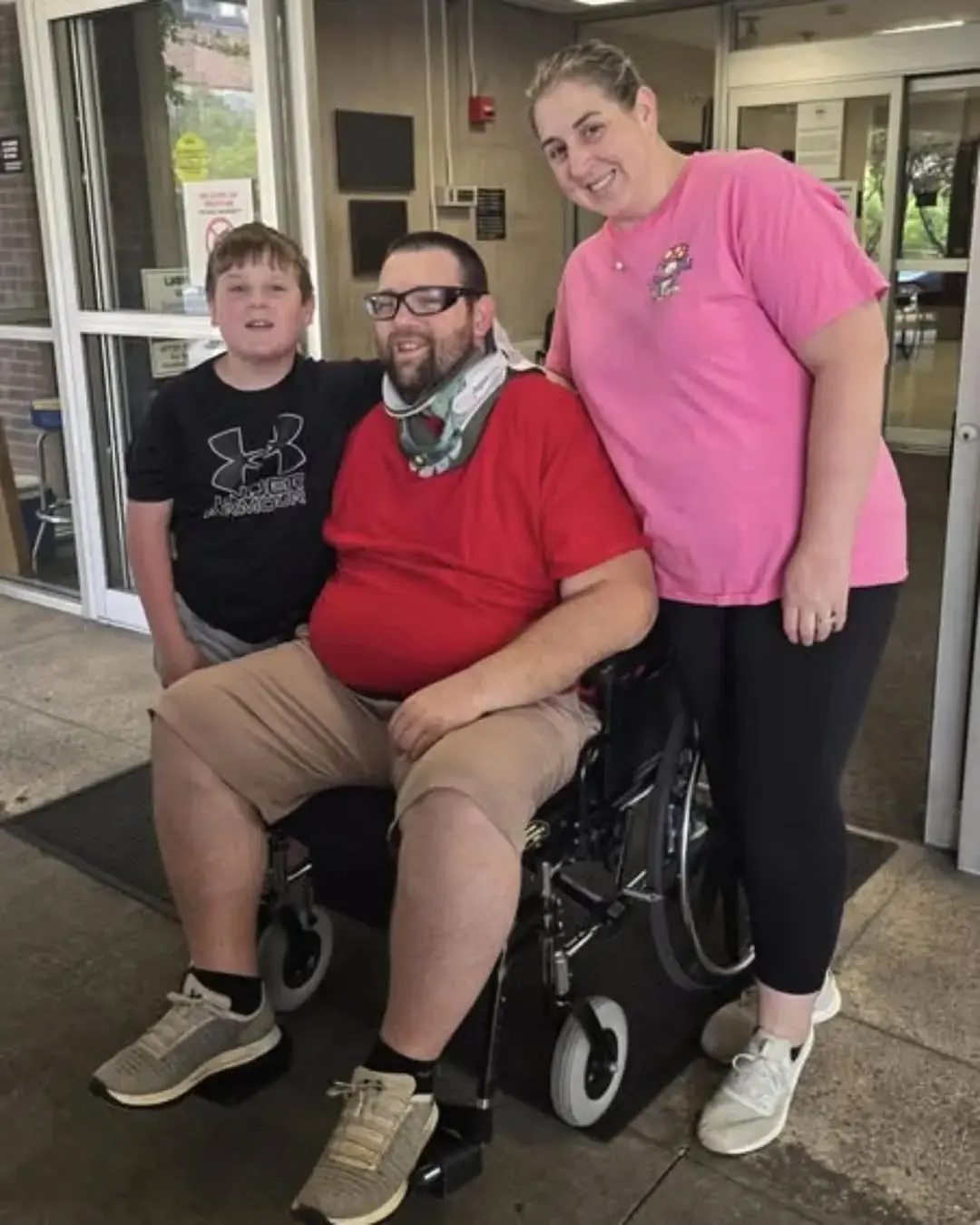
A Homecoming Marked by Grief and Gratitude: The Corley Family’s Journey

From Shelter to Service: The Incredible Journey of K-9 Ron

Detroit Couple Celebrates Their 75th Wedding Anniversary And Credit Communication As The Key To A Lasting Marriage

This Mom Got Illinois To Sign A Law Banning Hair Discrimination In Schools

This Mother and Daughter Got The Chance To Serve On The Same U.S. Navy Ship Together
